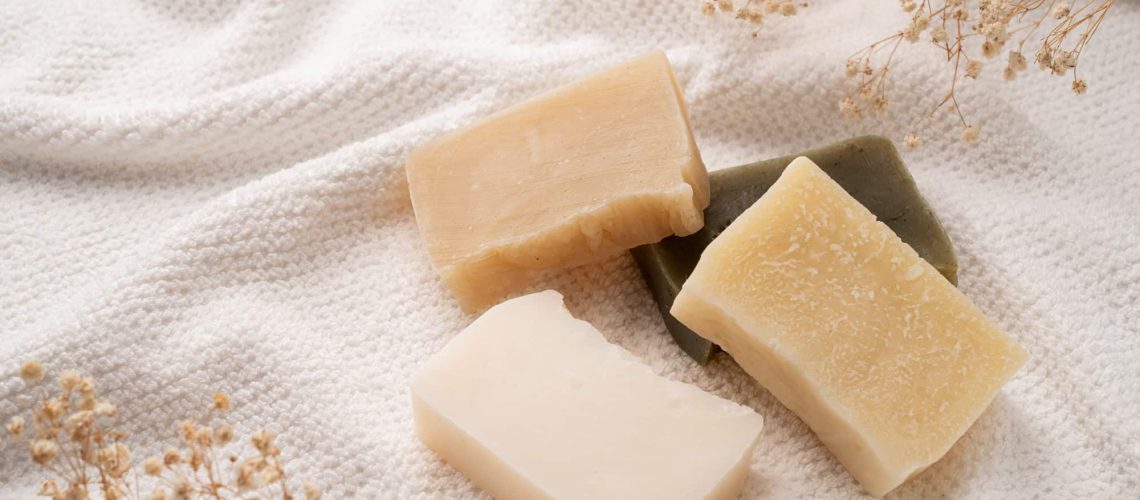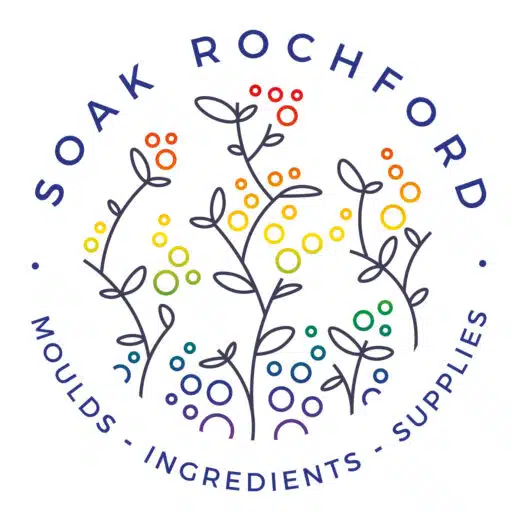
Team Soak Rochford
Why Not Scrub Up On Your Knowledge: Soap Supplies 101
- ,
- , Our Top Tips
Despite their often unassuming nature and seemingly rather minimal influence, soaps do, in fact, have a brilliant and diverse history. Though at first glance you might not think that these small objects have helped us to shape the modern world and are a large reason behind our success today. So, what is the history behind soap and how is it made, distributed and sold here in the UK? In this blog, we will explore these topics and try to get to the bottom of all things soap. So, keep reading to find out more about the history and nuances within the soap industry.
History of soap
Though it may be easy to assume that soap is a modern invention thanks to our current viewpoints on personal hygiene. Though, if you look a little further into human history you will, in fact, find that we have been using soap for thousands of years. Despite many of the history books painting our previous societies and historical time periods and unhealthy and dirty societies, this notion is quite wrong from the actual scenario. Many historians believe that the very first use of soap in the same way as we do now happened in Babylon around 2800 BC. Naturally, after the Babylonians invented this life-changing item many of the world’s ancient civilizations followed suit.
The Greeks first took up the mantle of using soap and it found its way into many of the palaces and royal houses of the area. Then, of course, the Romans used the technology and many of the empire’s most decadent houses would have featured soap in some capacity. After the Roman Empire collapsed it is no secret that Western technology experienced somewhat of a decline. Many of the richest in society stopped using soap altogether for a few hundred years until it slowly saw a renaissance. Then of course this technology saw a rapid increase in popularity until it was the household name it is today.
It will be fairly clear to those of you reading his article that in the early years soaps used in the world were reserved for the super-rich in our societies. This, of course, meant that the poorest members of society had to deal without this life-changing technology. This and a great many other external factors meant that the ancient world was an incredibly dangerous place to live in for many of the world’s population. In fact, poor hygiene is to blame for many of the world’s most historic pandemics including the black death which killed millions of people in Europe. So, how is soap actually made and what is the science behind this life-changing invention?
Ancient Middle East history
As we have already discussed, the first official evidence of the creation of soap comes from the Babylonian Empire thousands of years ago in the year 2800 BC. The actual formula for creating soap was written on a Sumerian clay tablet around 2500 BC and the soap was produced using a mixture of oil and wood ash. The soap which the Babylonians invented was first used to wash their clothes such as the woollen tops and trousers which were common in this time period. Though after the invention of soap the technology really exploded in the ancient Middle East with many other empires adopting the process.
In fact, the Egyptians are said to have used soap for medical purposes to treat wounds and other issues. What’s more, they also used the items for washing clothes and other items other than their hands and cooking utensils. It is clear then that the famous ancient Middle East empires pioneered the technology of soap and of course since then it has only risen in popularity. Though there are still many unanswered questions about the history of soap and the mysterious thing is they will likely remain unknown. So, keep reading this blog to find out more about the wonderful world of soap.
The science behind soap
Soap is, in fact, extremely scientific in its creation and is based almost solely on chemical science and highly complex techniques. Considering its ability to kill bacteria it’s no wonder that it features some fairly complex chemistry. Naturally, this makes its invention thousands of years ago even more impressive and really proves just how advanced our ancient civilisations were. Of course, the process has advanced somewhat in recent years and the soap-making industry is almost completely removed from its ancient routes. Though, the basic science remains the same which is the most important aspect of the process. So, what actually is soap?
Soap is, essentially, a salt and fatty acid which of course features in many of our cleaning products around the home for use directly on our skin and to wash dishes and surfaces. This kind of use refers to soap as a surfactant which, essentially, means that it is a chemical compound which decreases the surface tension between two liquids helping to remove dirt and kill bacteria. However, soap is also used outside of the domestic environment. In the industrial sphere, soap is used as a thickener and a component of some lubricants. So, it certainly has a variety of uses.
In more simple terms soap is created by mixing fats and oils together with a base. This is a very similar process to that used when creating detergent. In regards to the base, this refers to a substance which dissociates in an aqueous solution which leads to the formation of hydroxide ions. This is of course the chemical process of creating soap but the actual industrial process is far removed from the basic chemical formulas. Of course, this is quite natural considering the mass production which soaps now undertake. So, what is this industrial process and how does it work to create the soap on our supermarket shelves?
The industrial soap-making process
In regards to the process of creating toilet soaps, they are usually formed by using saponification of triglycerides which essentially refers to vegetable or animal oils and fats. Then an alkaline solution induces saponification where the fats first hydrolyze into salts and fatty acids. The glycerin which is produced as a by-product of this process is often left within the soap to act as a softening agent for the product as many soaps can be too hard to manipulate without this product. The process does, of course, have some other factors which come into play but this is the main basis of the chemical formula.
Soap making as a hobby
Since the middle of the 20th century, there has been a rise in hand-crafted items produced and consumed at home. Many people treat this crafting process almost like a hobby whether they sell some of their products or keep them for their own personal use. Either way, there is no doubt that creating hand-made soaps is becoming more and more popular and this shows no real sign of slowing down. This of course leads to the question of what the difference is between home soap creation and the industrial process. So, what is the difference here and how do the DIY soap creators do it?
There are, as you might expect, a variety of different methods which the stay-at-home soap enthusiast can employ to create their own soaps. The most common process involves keeping glycerol within the product and allowing saponification to continue for many days after when the soap is poured into the moulds. The main chemical reaction using the glycerol to create the soap is also completed in a standard household kettle. There are of course a wide variety of benefits to this process but one of the main ones is just how simple and quick it is. This ease of use is why it has become the go-to method for hobbyists around the world.
If you would like any additional information about the soap-making process or would like to discuss the options available to you when it comes to moulds then make sure you contact us today. We have many years of experience in the industry and would love to talk with you about your projects!
